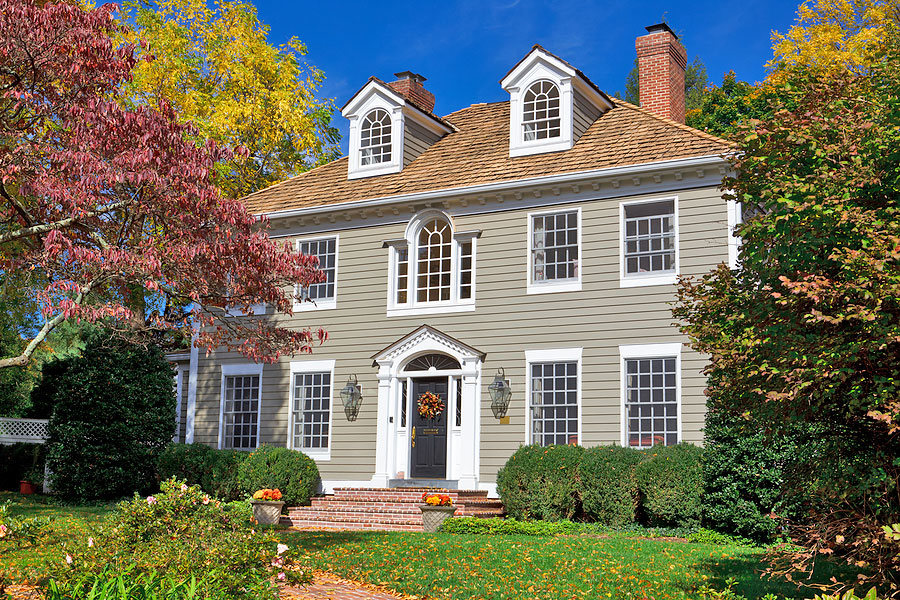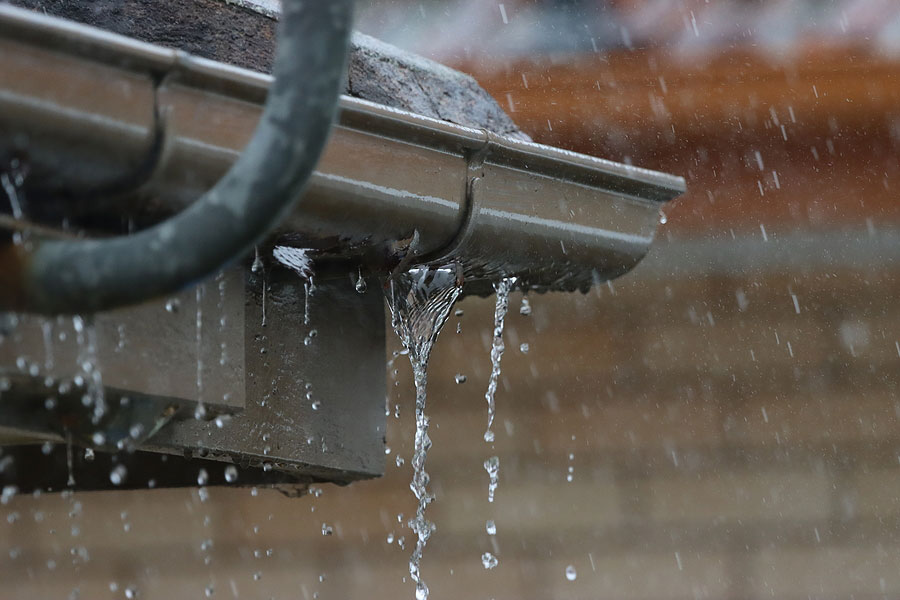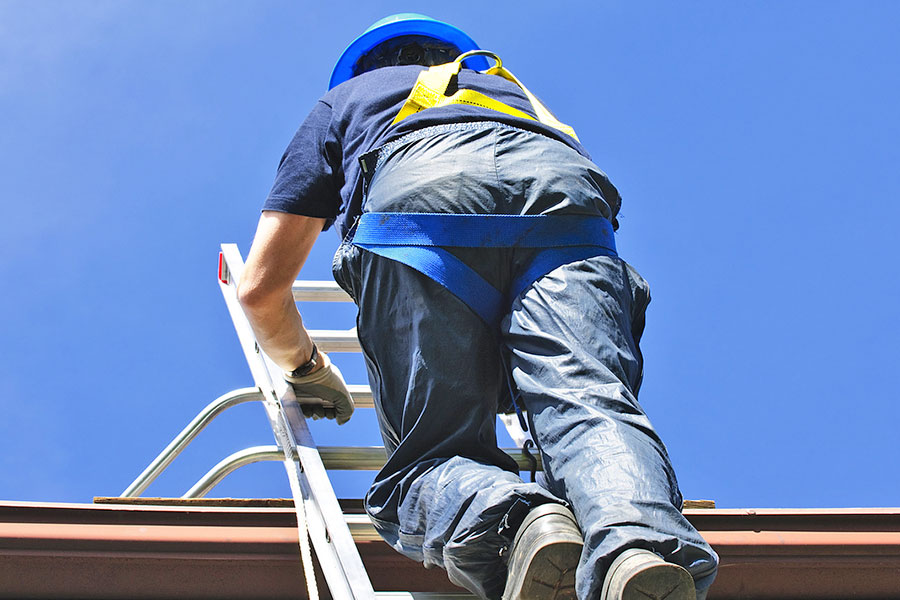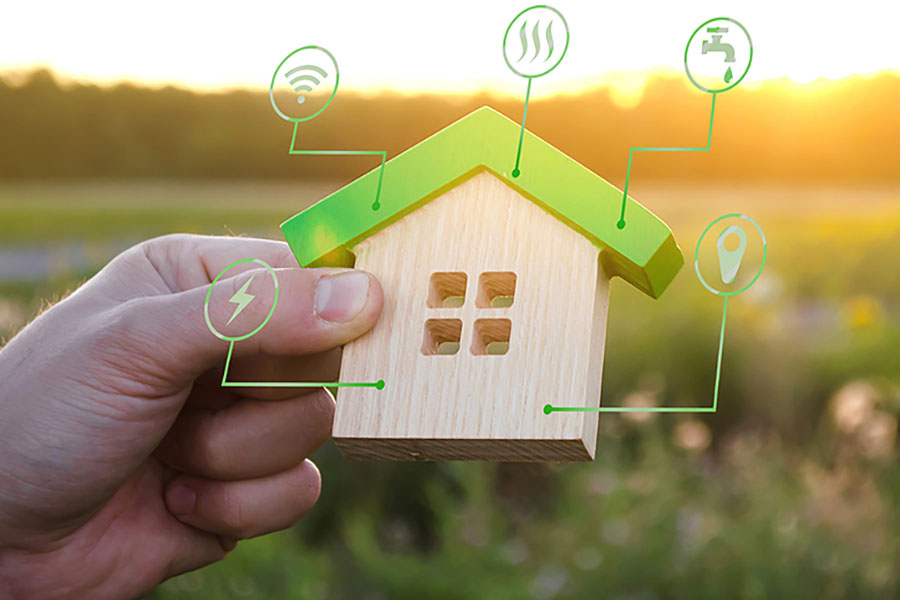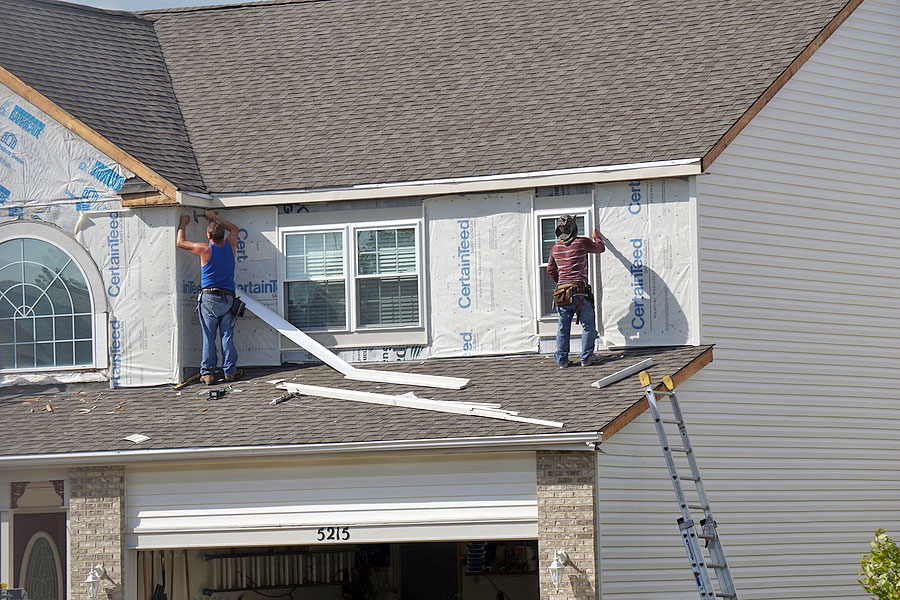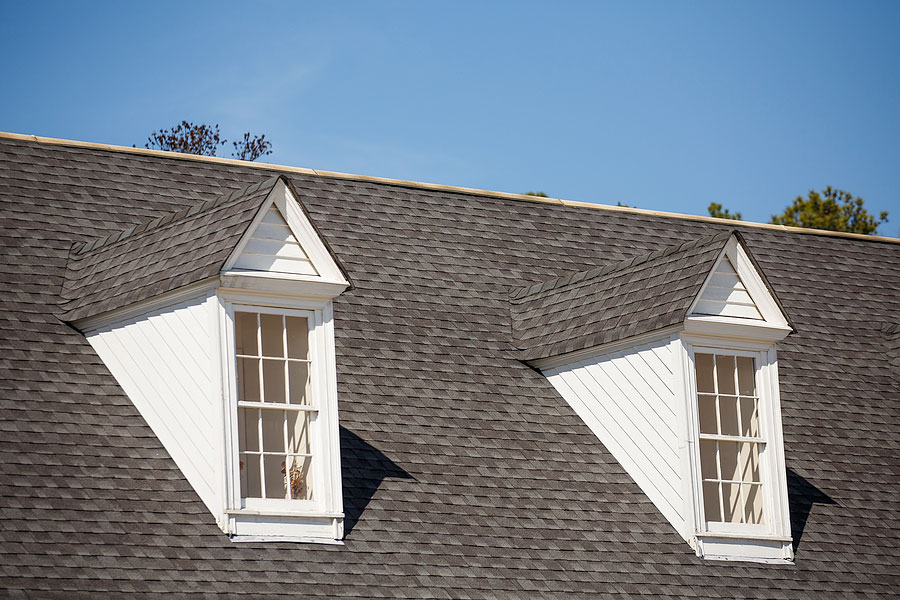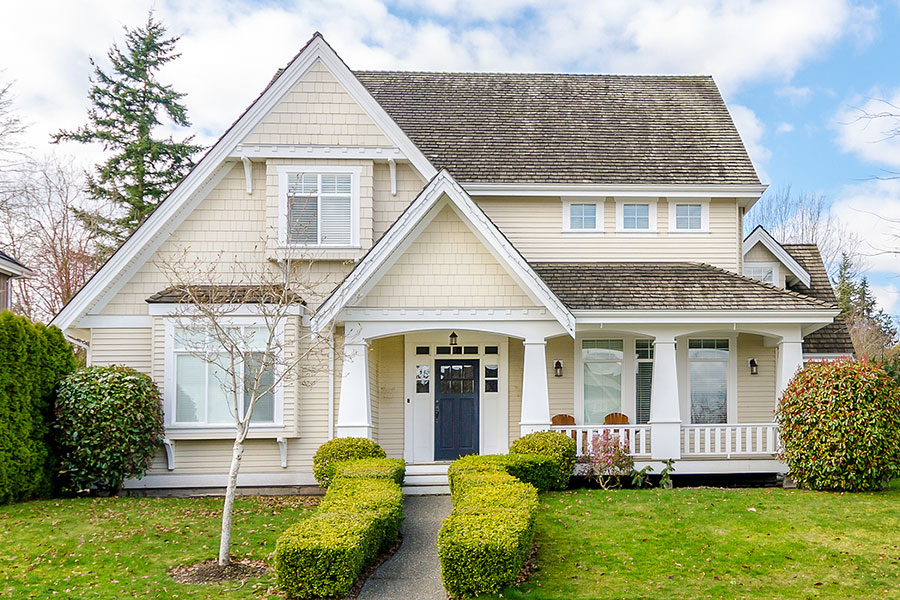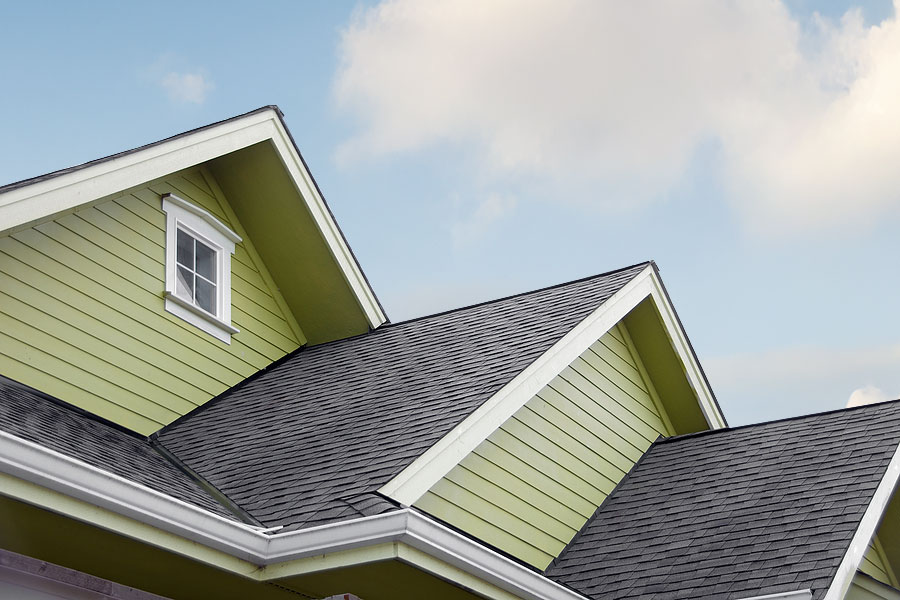You probably know that your roof and siding act as your best defenses against the elements. But unfortunately, nothing lasts forever – especially when there are outside forces that can come into play. If you feel as if your siding has seen better days or you’re worried about the potential need for emergency siding replacement or repairs down the line, it might help to familiarize yourself with some of the most common causes of siding damage. That way, you can take steps to prevent these issues and thus reduce the risk that you’ll need new siding any time soon.
5 Common Causes of Siding Damage
- Improper Installation: Many homeowners assume that as long as they obtain professional siding installation, they should be good to go for many years to come. That may not always be the case, however, if the contractor wasn’t as experienced as you assumed. Poor installation can lead to buckling, warping, and all kinds of issues that may warrant siding repair or replacement. Before you hire someone to install new siding, make sure that they have references, certifications, and stellar ratings and reviews online.
- Pest Activity: Both wood and vinyl siding can actually be damaged by insects like termites, carpenter bees, and certain types of beetles. Even animals like woodpeckers have been known to cause siding damage. You can use hot water, insecticides, or environmentally friendly tree products to reduce bugs, though you should certainly call a pest control specialist if you feel your siding has been infiltrated by pests. After that, your siding contractor can repair or replace areas that have sustained damage.
- Excessive Moisture: If your contractor fails to install a waterproof barrier correctly of you have plants and trees close to your home, you could end up dealing with damage due to excessive moisture. When moisture gets trapped in your siding, you might end up with warping, buckling, or even algae and mold. Your siding needs to have proper airflow and needs to be installed correctly to prevent these problems. You’ll also need to keep up with your seasonal landscaping and to call a contractor if you think you notice signs of these issues.
- Inclement Weather: Your home’s siding can withstand a lot, but it isn’t impenetrable. The majority of siding is rated for winds up to 100 miles per hour, though it is possible for siding to be ripped off in extreme weather. Snow, ice, and bitter temperatures can also do a fair share of damage, as can hail. These weather patterns can cause small issues that, if left unattended, can result in bigger ones down the road. After a particularly bad storm, it’s a smart idea to contact your siding contractor. Even if you don’t need emergency siding replacement, an assessment can prolong the life of your siding and potentially save you some money.
- Lack of Maintenance: Most of the siding products made today are considered to be relatively low maintenance. However, that doesn’t mean you can simply forget about taking care of your home. It still needs to be inspected at least once per year (and ideally after every big storm). By prioritizing regular inspections, you may be able to avoid more extensive repairs and emergency siding replacement. Think of these maintenance checks as an investment in your siding that will pay off later on.
Now that winter is coming to a close, it’s a good time to schedule springtime maintenance to take stock of any damage that occurred over the last few months. For more information, please contact us today.






